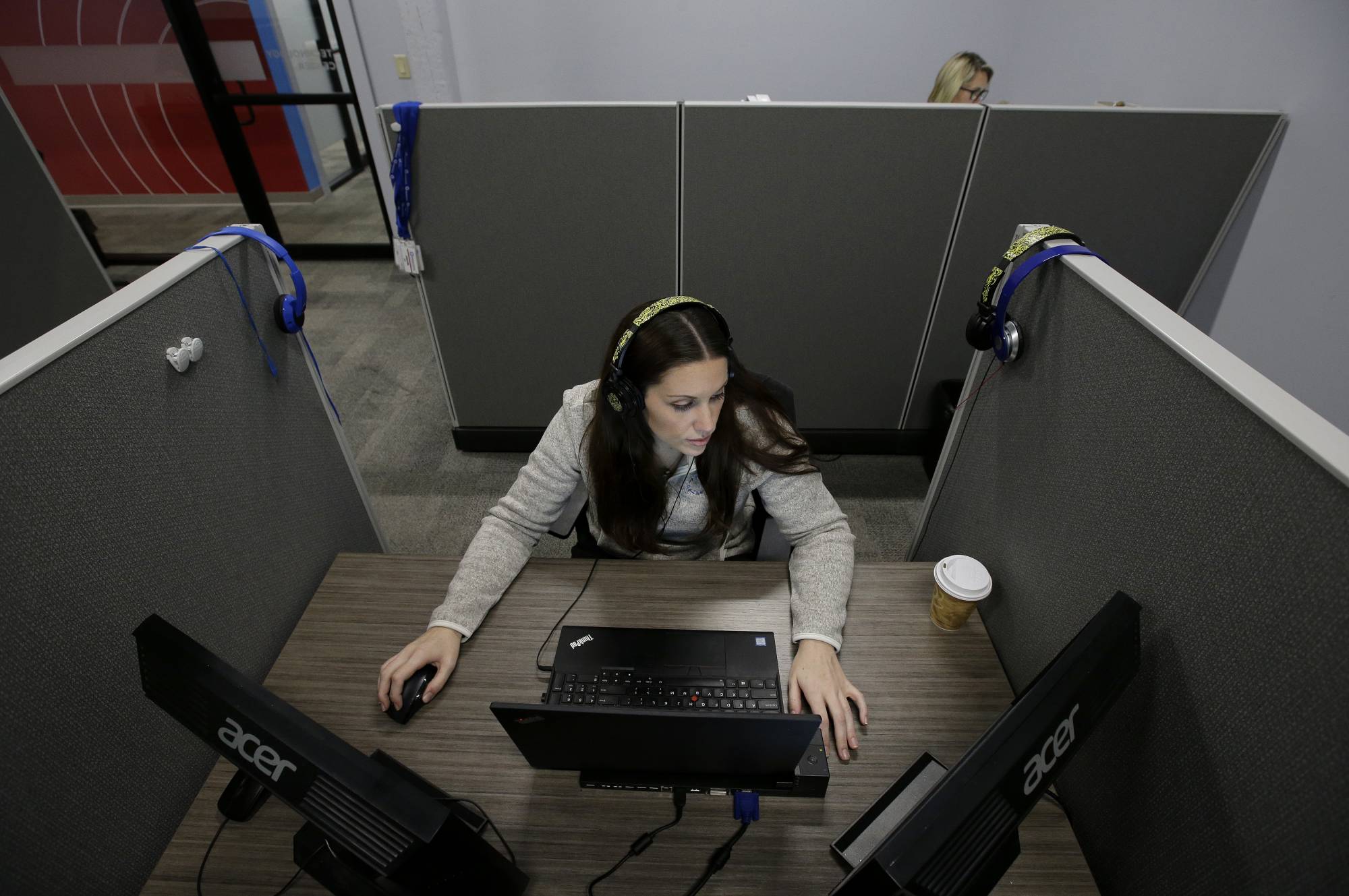Agencies are charting a course to promote diversity, equity, inclusion and accessibility — both in terms of the services they provide to the public, as well as how they manage their employees.
The Biden administration has made DEIA principles an overarching theme of most of their federal workforce and management goals. But the managers and supervisors actually implementing these policies in the federal workforce don’t just see them as a “nice to have.”
Having workers from a diverse range of backgrounds, it turns out, leads to having different and valuable perspectives.
“We can see that people with autism can gather details quickly — identify relationships and data and information really fast, and may even see patterns that neurotypical people don’t see,” Michael Hale, the deputy director for strategic transformation for the National Geospatial-Intelligence Agency’s analysis and tradecraft technology shop, told the Federal Drive with Tom Temin in an interview last year.
Kevin Zachery, the engagement and chief learning officer, for the Federal Deposit Insurance Corporation’s Office of Inspector General, said a basic awareness of neurodiversity can improve the way employees work and communicate with each other, and their bosses.
“If people don’t have this distinction that there’s such a thing as neurodiversity, we tend to think that, ‘Well, this is the way I think, so of course, everybody else thinks the same way.’ And that’s not really the case,” Zachery said during a May 26 panel hosted by American University’s Key Executive Leadership Programs.
Think back to your most recent team meeting: Did one or two of your workers dominate the conversation? That might be just how their brains are wired.
“It’s not that those two people are megalomaniacs,” Zachery said. “They have a neurodiversity, in that they’re probably people who talk to think. As they’re talking, their neurons are firing and they’re coming to conclusions. And something that they were planning to say, is not where they ended up, because they’re thinking.”
On the other side of the neurodiversity coin, there are people who need more time to think about what they say, before they say it.
“This means they have to have some quiet space in order to process what they hear, and then be able to talk,” Zachery said.
Naturally, both of these types of people exist in most office settings.
“If we don’t know that there’s just that simple level of neurodiversity, what often happens is the two or three people who were talking to think in the room and thinking, ‘Well, is anybody else going to want to jump in?’ they’re going to jump in, because of course, that’s what we all do. You’re missing out on the experience and insights and ideas of seven or eight in that team, because you don’t know this is going on,” Zachery said.
Rochelle Johnson, senior education and training advisor for the State Department’s Center of Excellence in Foreign Affairs Resilience, said the rate of burnout is much higher for non-dominant groups, including people of color, women and neurodivergent people.
“It’s further influenced by the fact that you can’t see neurodiversity,” Johnson said. “This places even more pressure on neurodivergent people to fit in, and usually you’re pushing yourself to meet the needs of others and neglecting your own needs.”
To reduce the feeling of burnout among neurodivergent workers, Johnson said managers and supervisors need to create a supportive “psychological space” for their employees.
Zachery said neurodivergent employees trying to fit in with an accepted work culture often carry around a stress level that can lead to burnout.
“If you’re in an organization where you don’t feel you fit in, or you don’t feel like you belong, then you’re going to have that low-level stress for prolonged periods of time,” he said.
There are some easy hacks to support neurodivergent workers in the office, Zachary said. Agendas for meetings help carve out time for specific tasks, like brainstorming or discussing the specific nuts-and-bolts of a project.
“That gives the people who need to think to talk time to process their ideas, and be more prepared to speak up in the moment, when they’re in there, because they’ve already done the processing. They’ve done the thinking so that they can talk,” he said.
John Marble, the founder, of Pivot Neurodiversity and former deputy director for scheduling and advance at the Office of Personnel Management, said managers and supervisors need to be aware of how to create a supportive work environment for neurodivergent employees
“When they say, ‘I don’t know if I’m ready to manage these people,’ you [already] are working with these people — whether they have ADHD, autism, dyslexia. It’s things like this, kind of raise our awareness,” Marble said.
Copyright
© 2024 Federal News Network. All rights reserved. This website is not intended for users located within the European Economic Area.





